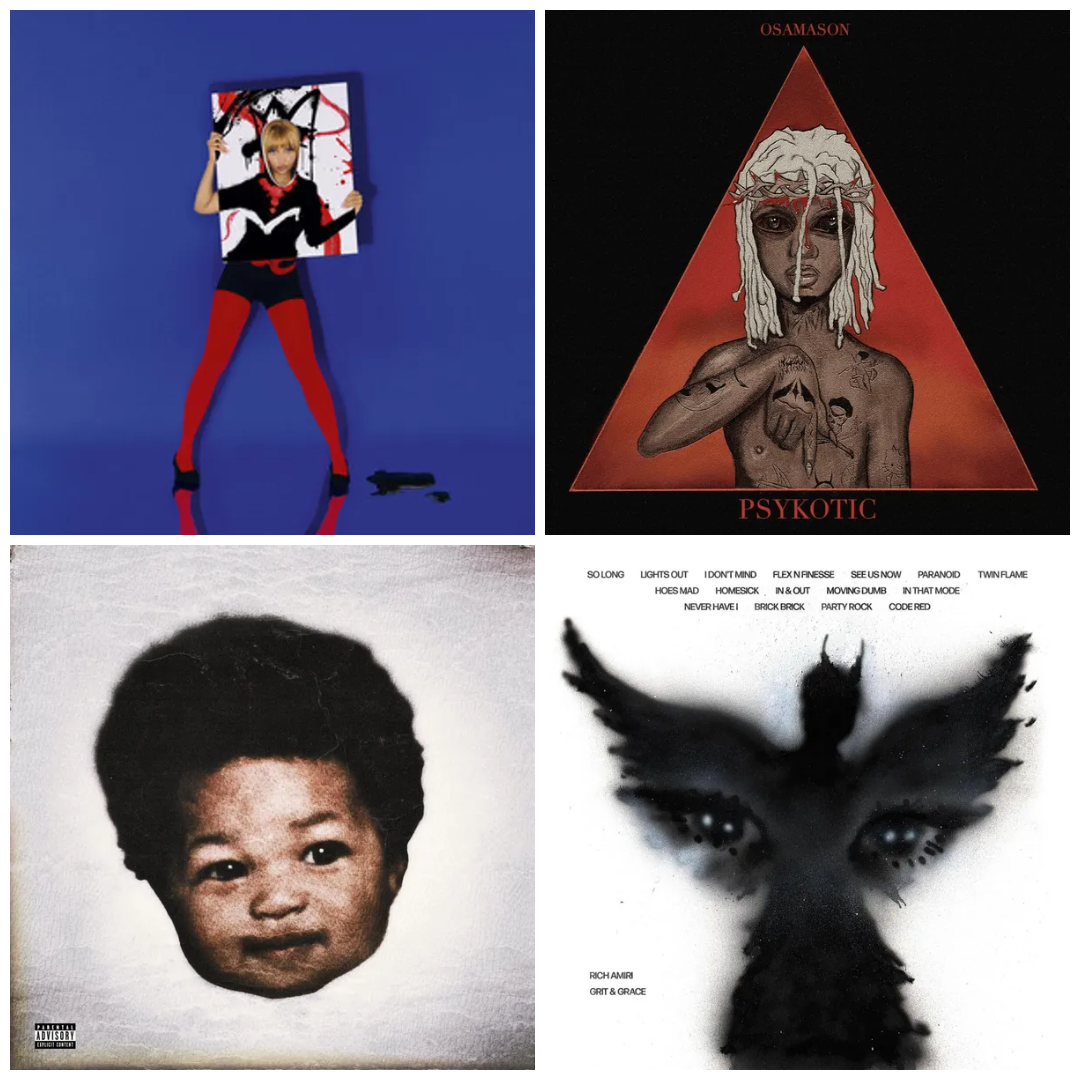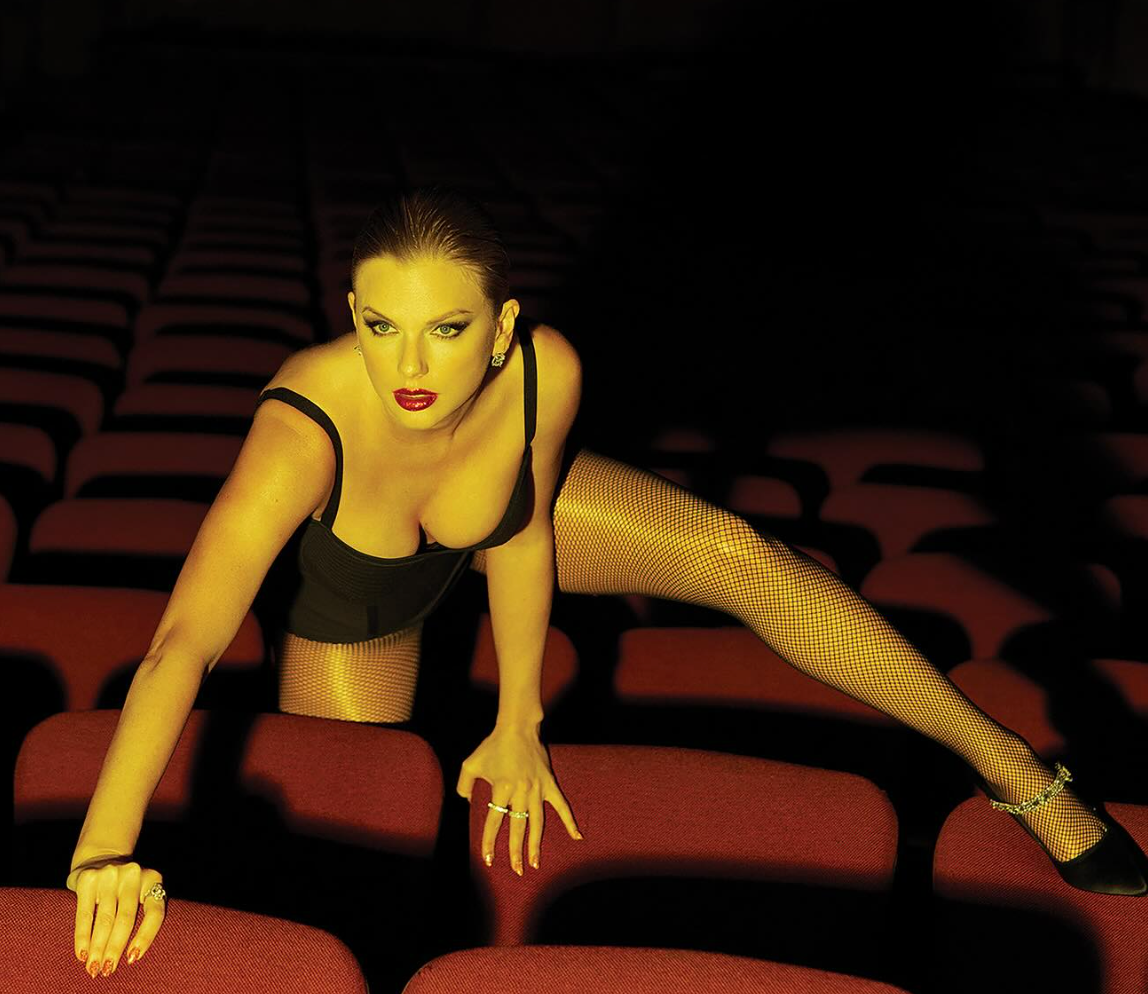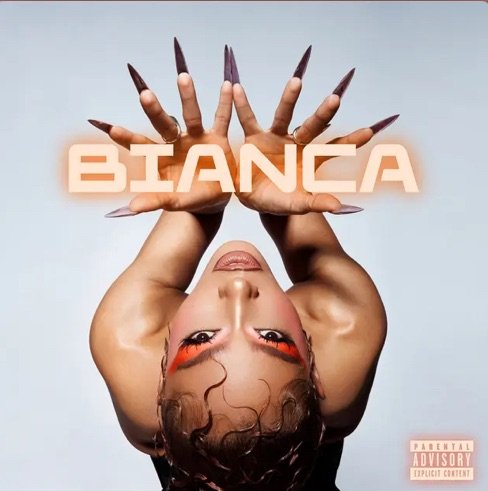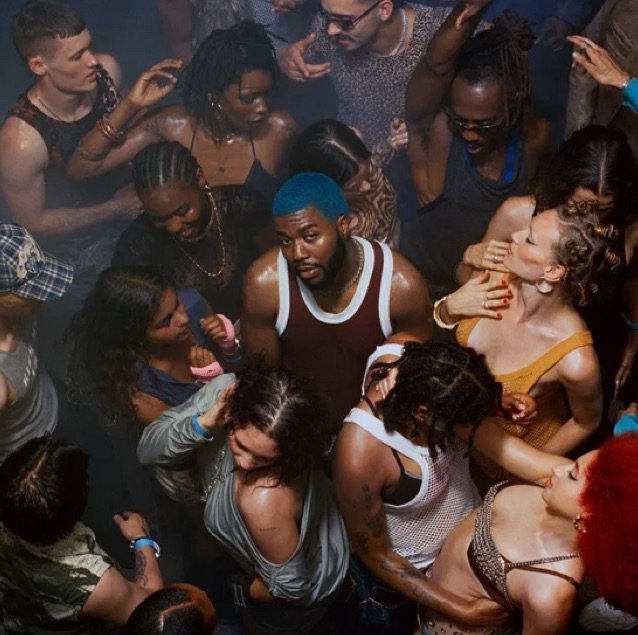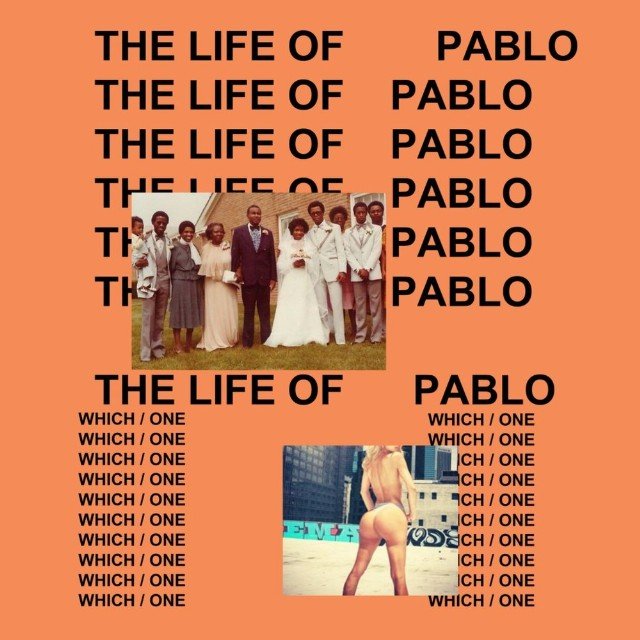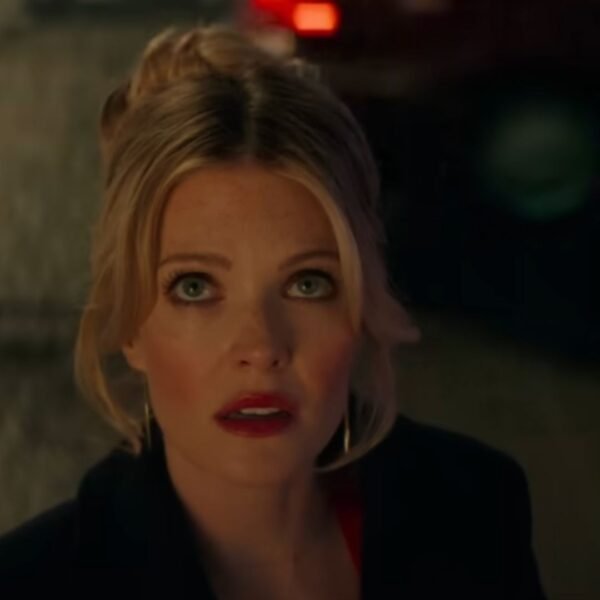
Christopher Landon’s latest horror-thriller Drop isn’t just a stylish genre film—it’s a masterclass in suspense, visual storytelling, and genre evolution. From its first frame, the film invites audiences into a world that feels both familiar and refreshingly new. Here’s a breakdown of the Top 5 reasons Drop is one of Landon’s finest and most compelling works to date.
5. A Bold, Vintage Opening That Commands Attention
From the moment Drop begins, it announces its intentions with flair: a prolonged, stylized opening credits sequence that evokes the golden age of thrillers. It’s a deliberate and confident choice, setting the stage for the blend of retro and modern that defines the film.
Bear McCreary’s symphonic score is front and center here, swelling with tension and elegance, immediately locking the audience into the tone of the film. This throwback technique isn’t just aesthetic—it’s thematic. Landon uses this moment to cue the audience into the film’s DNA, a rich blend of homage and innovation.
4. Christopher Landon’s Evolution and Love Letter to De Palma
Landon has always worn his influences on his sleeve, and Drop is no exception. But unlike the playful riffs of Happy Death Day or Freaky, this film is something more reverent and deeply cinematic. Drop is a full-on tribute to the suspenseful, operatic style of Brian De Palma, particularly his Hitchcockian thrillers like Blow Out, Sisters, and Obsession.
There’s a clear lineage here: from Hitchcock to De Palma to Landon. What makes this film special is that Landon isn’t simply copying the techniques—he’s channeling them through his own voice, expanding his own directorial toolkit while pushing the genre forward. Drop feels like an important next step in Landon’s filmography, signaling that he’s not just a clever genre guy—he’s a serious filmmaker with vision and purpose.
3. Visual Brilliance Within a Single Location
Set almost entirely inside a high-rise restaurant during a first date gone wrong, Drop is a masterclass in turning limitations into strengths. This kind of confined setting could feel visually dull in lesser hands—but not here.
Cinematographer Marc Spicer and production designer Susie Cullen transform the space into a dynamic playground for suspense. Deep-focus shots give the restaurant a layered, voyeuristic feel. Light sources are intentionally manipulated to reflect shifts in perspective, plunging characters (and viewers) into moments of intense subjectivity. It’s stylish, sophisticated, and brimming with mood.
These visual decisions do more than look good—they heighten the story’s psychological tension. The setting becomes a character in its own right, always holding secrets just out of frame.
2. Smart, Tense Writing and Performances That Hit
Jillian Jacobs and Chris Roach’s script is razor-sharp, packed with escalating dread and organically built suspense setpieces. As Violet (Meghann Fahy) receives increasingly disturbing messages, the narrative never loses momentum. Each twist is cleverly staged, leading to a third act that cranks the tension to near-operatic levels.
Fahy and Brandon Sklenar are excellent as the leads. They anchor the film emotionally, playing with unease, charm, and paranoia in equal measure. Their performances keep the viewer grounded even as the story spins into a world of political conspiracy and assassination.
Add to that Bear McCreary’s lush, Herrmann-esque score—echoing De Palma’s frequent collaborator Pino Donaggio—and the tension isn’t just written and performed, it’s orchestrated like a symphony.
1. Innovative Visual Solutions to Modern Storytelling Challenges
Perhaps the most inventive aspect of Drop is how it tackles a common problem in modern thrillers: how do you make texting and digital communication visually engaging?
Landon’s solution is genius. Instead of relying on generic screen inserts or overused “typing bubble” tropes, he uses superimposed messages layered over wide, emotionally charged shots. It’s a riff on De Palma’s split-screen technique, but updated for the smartphone era.
By showing both the message and the reader’s reaction in the same frame, Landon keeps the emotional core intact. This technique becomes more prominent as the film progresses, subtly woven into the cinematic language, until it becomes second nature to the viewer. It’s formal innovation at its best—creative, effective, and immersive.
RGM GRADE
(B+)
Overall, Drop is among Christopher Landon’s best works. It is a riotously compelling and entertaining joyride of a film that builds upon classic cinematic principles to reach new heights for modern audiences, in a way that feels endlessly accessible. As a gargantuan fan of Hitchcock, De Palma, and suspense-driven filmmaking in general, I was kicking my feet like a giddy schoolgirl for the majority of this film’s runtime. But simultaneously, the entire theater I saw this with was enraptured by the unraveling political intrigue elements and was hooting and hollering by the time the film delivered its incredibly satisfying third-act climax, so this is definitely one with something for everyone. Drop rules.
Discover more from RATINGS GAME MUSIC
Subscribe to get the latest posts sent to your email.



